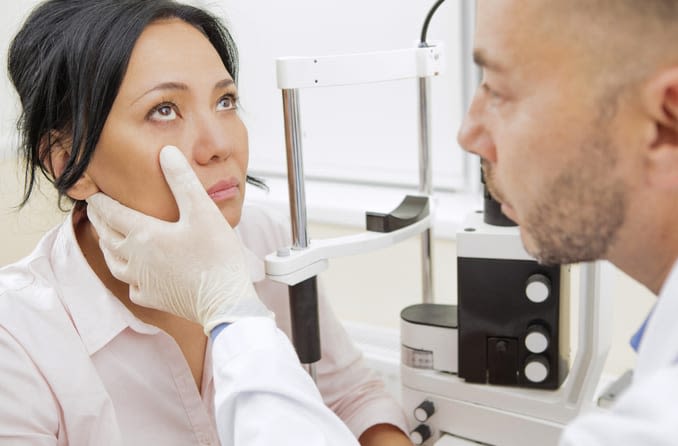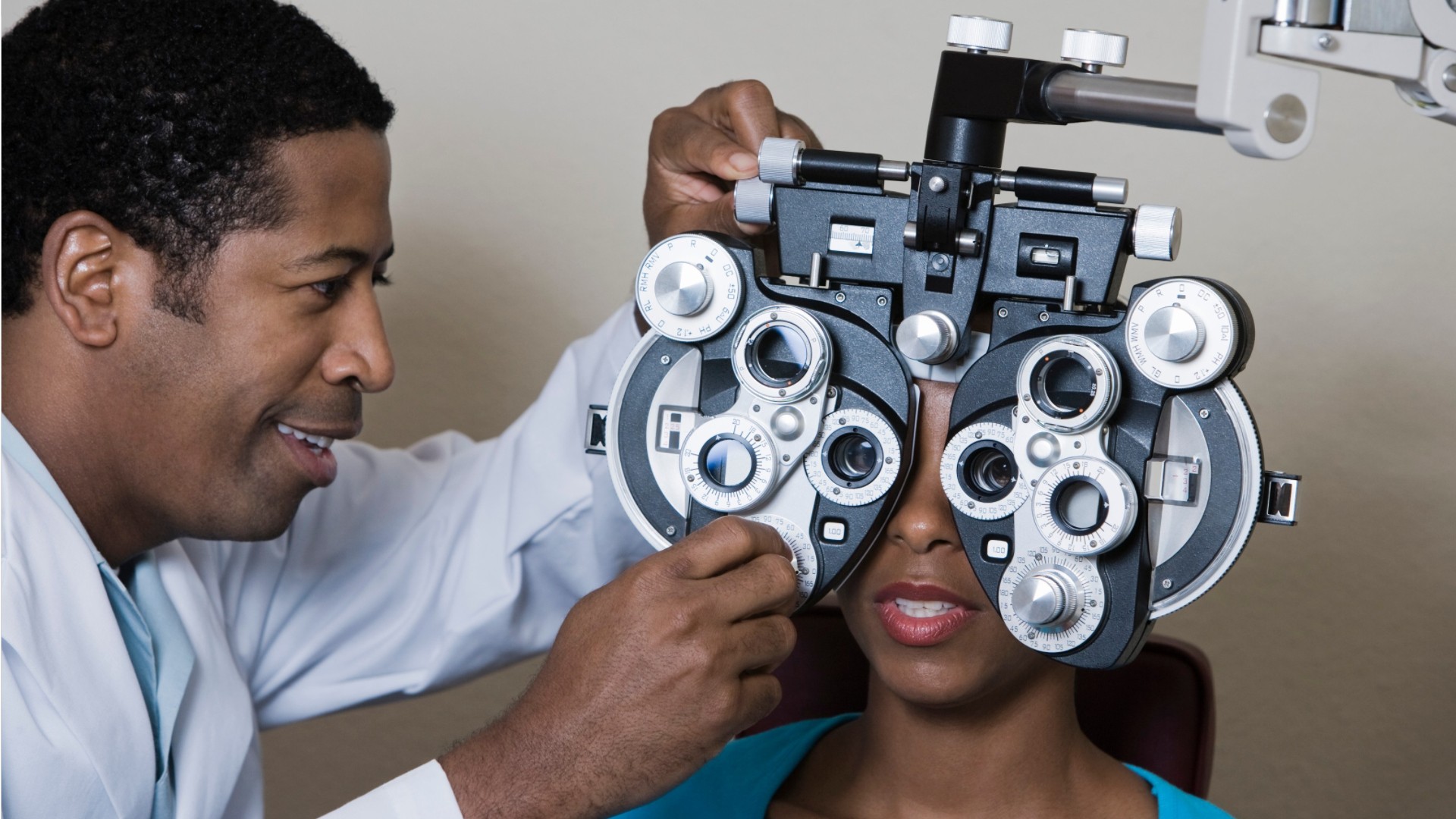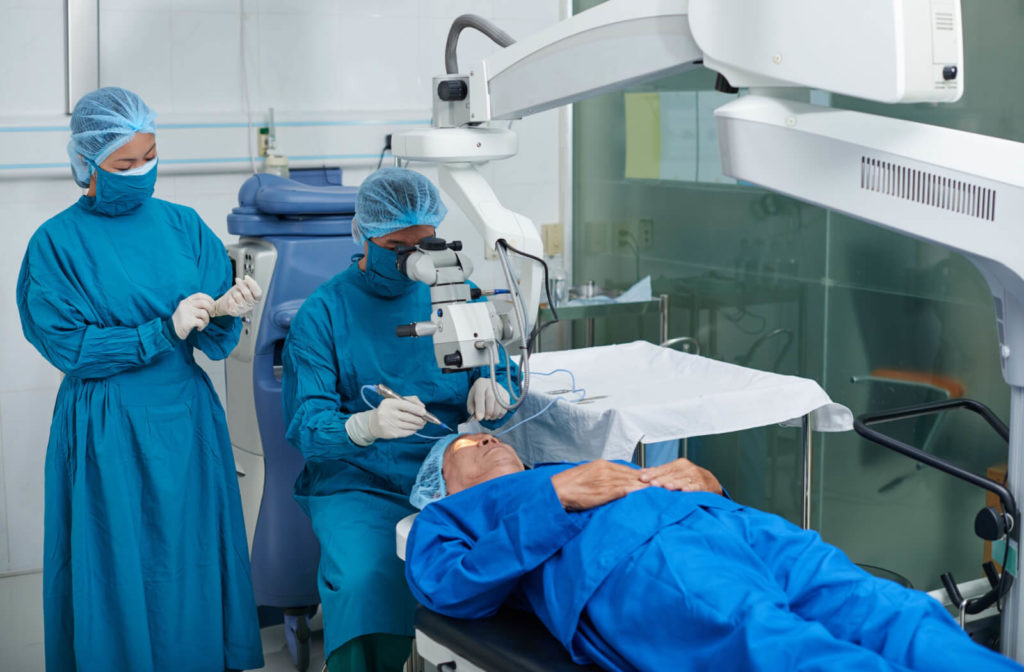Leading Reasons to Check Out an Optometrist Chino for Your Eye Health
Leading Reasons to Check Out an Optometrist Chino for Your Eye Health
Blog Article
Exploring the Most Current Technical Improvements in Optometry and What They Mean for Eye Doctors
In the ever-evolving area of optometry, recent technological developments are improving how experts approach eye care. From the precision of Optical Coherence Tomography to the nuanced insights used by AI-driven diagnostic devices, these advancements are establishing new standards in person evaluation and therapy. Teleoptometry is poised to redefine access, guaranteeing that competence transcends geographical constraints. As these improvements penetrate the practice, eye doctors are encountered with the difficulty of embracing these tools to boost individual end results. The question stays: exactly how will these technical shifts redefine the duties and obligations within the career?
Technologies in Diagnostic Equipment
Advancing the field of optometry, advancements in analysis devices have actually revolutionized the method eye treatment experts analyze and diagnose eye conditions and visual impairments. The previous decade has actually seen substantial technological improvements, allowing more thorough and exact analyses.
An additional trick technology is the introduction of sophisticated corneal topography systems, which map the surface curvature of the cornea with accuracy. These tools are especially useful for fitting call lenses and identifying corneal conditions. Electronic retinal imaging has actually transformed traditional ophthalmoscopy, offering thorough, scenic views of the retina that promote complete visual exams.
The growth of wavefront aberrometry has likewise been crucial, allowing the analysis of refractive mistakes with unequaled accuracy (Eye Doctor). This technology aids in customizing corrective lenses and boosting medical results for refractive surgical treatments. Collectively, these diagnostic developments encourage optometrists to supply remarkable person care, making sure very early intervention and tailored therapy techniques, eventually enhancing visual health end results
AI in Patient Administration
Structure on the foundation of advanced analysis devices, the unification of man-made intelligence (AI) in person management stands for a transformative jump for optometry. AI systems are progressively used to enhance effectiveness, accuracy, and customization in patient care. By assessing vast amounts of data, AI can determine patterns and forecast potential eye conditions, making it possible for eye doctors to customize treatments better. This ability is important in taking care of persistent eye diseases such as glaucoma and diabetic retinopathy, where early discovery and continual tracking are crucial.
Additionally, AI-driven platforms facilitate streamlined client interactions and administrative procedures. Automated organizing, online assessments, and individualized follow-up plans not just improve individual satisfaction yet likewise maximize time monitoring for experts. These systems can triage patients based upon the necessity of their conditions, making sure that those in vital demand receive timely interest.
In addition, AI enhances decision-making by supplying eye doctors with evidence-based referrals and treatment pathways. By integrating information from digital health and wellness documents, AI devices offer insights that inform scientific choices, reducing the risk of errors and enhancing individual end results. As AI remains to advance, its role in patient management will likely broaden, reshaping the landscape of optometric care.
Developments in Retinal Imaging
In the world of optometry, retinal imaging has actually observed remarkable technological advancements that are enhancing diagnostic capabilities and patient care. Innovations such as Optical Coherence Tomography (OCT) and fundus digital photography have actually changed just how eye doctors evaluate the retina and imagine. OCT, in particular, offers high-resolution, cross-sectional images of the retina, allowing for the thorough exam of its layers. This capacity is very useful for very early discovery and management of conditions like glaucoma, diabetic person retinopathy, and age-related macular deterioration.
Boosted imaging modalities like OCT angiography are additional refining diagnostic accuracy. Eye Doctor. Such innovations facilitate the identification of minute retinal changes that could signify illness progression.
Moreover, innovations in man-made intelligence are increasing retinal imaging by enabling computerized evaluation of big datasets. These systems help optometrists in determining patterns a sign of pathology, therefore enhancing analysis precision and effectiveness. Jointly, these technologies are transforming retinal imaging right into a cornerstone of contemporary eye care, improving results and broadening restorative opportunities.
Teleoptometry's Expanding Role
Teleoptometry is significantly becoming a look here crucial part of eye care, driven by improvements in data and diagnostic devices. As optometry accepts electronic makeover, teleoptometry assists in remote consultations, enabling eye doctors to prolong their services beyond standard borders. This is especially helpful in rural and underserved areas where accessibility to specialized eye treatment is frequently minimal. By leveraging high-resolution video clip conferencing and advanced retinal imaging, optometrists can carry out thorough eye tests from afar, making certain timely diagnosis and treatment.
The assimilation of fabricated knowledge (AI) further boosts teleoptometry, making it possible for the evaluation of visual information and helping in the detection of ocular problems such as glaucoma and diabetic retinopathy. AI-powered formulas can rapidly analyze intricate imaging data, supplying optometrists about his with beneficial insights that bolster professional decision-making.
Additionally, teleoptometry supports continuity of care with smooth combination with digital wellness documents (EHRs), allowing eye doctors to preserve comprehensive individual histories. This makes certain that people get customized and consistent treatment even when seeking advice from with various practitioners.
Despite these advantages, challenges continue to be, consisting of making certain information safety and security and handling person expectations. Nonetheless, teleoptometry stands for a substantial stride towards even more easily accessible, efficient, and patient-centered eye care. As innovation progresses, its function is positioned to expand even more.

Future Patterns in Eye Care
A myriad of ingenious patterns is readied to reshape the future of eye care, driven by technical innovations and the developing needs of clients. One significant trend is the combination of man-made intelligence (AI) in diagnostics, which assures to improve the accuracy and efficiency of eye examinations. AI formulas can analyze large amounts of information from retinal photos, potentially finding problems like diabetic retinopathy and glaucoma earlier than traditional approaches.
Furthermore, personalized medication is getting traction in optometry, with genetic screening notifying personalized treatment plans. This approach intends to maximize client end results by customizing treatments to private hereditary profiles. Wearable modern technology, such as wise contact lenses, is additionally coming up, providing real-time monitoring of intraocular stress or glucose degrees, thus supplying continuous insights into eye and systemic health and wellness.
The fostering of enhanced truth (AR) and online reality (VIRTUAL REALITY) in training and individual education and learning is another arising fad. These technologies supply immersive experiences that can enhance understanding and skills both for optometrists and patients. As these patterns advance, eye doctors should stay abreast of technical improvements to provide sophisticated care, guaranteeing better patient results and complete satisfaction in the vibrant landscape of eye care.
Conclusion

Collectively, these analysis advancements equip optometrists to deliver superior patient care, ensuring very early intervention and tailored treatment strategies, eventually enhancing aesthetic health and wellness results.

As these technologies continue to progress, eye doctors need to adjust and integrate them into practice, ultimately optimizing workflow performance and elevating the requirement of eye care supplied to clients.
Report this page